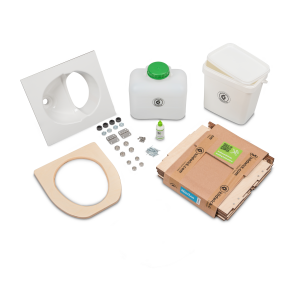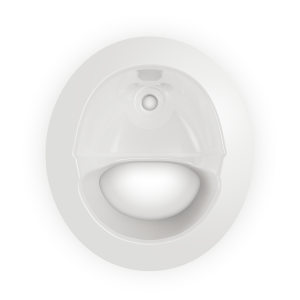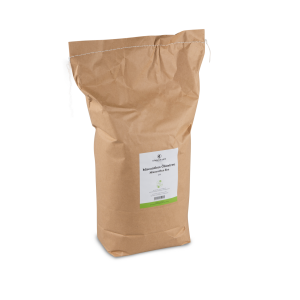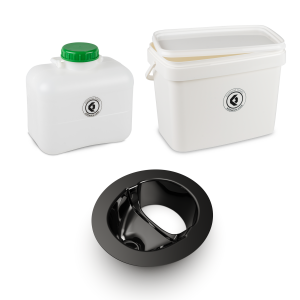In aerobic composting processes, the biological decomposition processes (composting, rotti...
Algae flour is preferably used in organic horticulture and obtained from the deposits of r...
In anaerobic composting processes, the biological decomposition processes (decay or fermen...
Bark chips can be used as litter for the solids container, in contrast to bark mulch, whic...
Organic residues are all organic left overs from the garden (grass clippings, fallen fruit...
Plywood plates are manufactured to achieve extreme dimensional stability and solidity. At ...
According to German law (ISO 6107-7: 1997), domestic sewage without greywater is considere...
The term "Bokashi" comes from the Japanese and means "fermented organic mixture". Bokashi ...
Brown water is defined as waste water containing faeces, urine, grey water and toilet pape...
Cassette toilet is another term for chemical toilet; there are versions with and without f...
In a chemical toilet, excreta - faeces and urine - are collected together in a tank. Chemi...
Coconut fibres, also known as coir, are extracted from the casing of the immature coconut ...
The compost worm is one of the most widespread earthworm species in Europe. It is also cal...
Compost toilets are not connected to the public sewerage system and work without water flu...
In cremation toilets faeces and urine are not separated. The precipitates are burned at te...
Abbreviation for "dry composting toilet"...
This is the name of the nominal value of pipes. DN means diameter nominal and indicates th...
Anyone who has ever used a dump toilet will remember the unpleasant odour. A separation to...
This DIN standard covers the regulations for biodegradable plastics. (L: blog article EU s...
Faeces are human excretions, which are also called excrements or excreta. They are compose...
Finished compost, also called compost earth, is the name given to plant-tolerant soil impr...
Grey water refers to the collection of water that is created during cleaning processes, e....
Lime, referred to in technical language as calcium carbonate, is composed of the elements ...
Miscanthus is a native plant of Asia and Africa, which is now grown in Germany too. It bel...
Paruresis is a phobia that denotes the fear of urinating in public restrooms.
...
Peat is organic sediment from decayed plant remains. There are 2 kinds, low and high peat....
The pH value for liquids indicates whether they are acidic or alkaline. Values from 0-5 ar...
Phypophobia is a phobia that denotes the fear of pooping in public toilets....
The chopped bark of pine trees can be used as litter for the solids container. Since pine ...
The Kildwick separators are made of polystyrene (PS) - a plastic that is used in many area...
Self-composting is the composting process used by allotment gardeners and garden owners, g...
A separation toilet uses a separating insert. This means that there is a separate opening ...
A septic pit often occurs in connection with a dump toilet. As the name suggests, it is a ...
Every municipality has its own sewage policy. With proper handling of the dry separation t...
Spelt litter is the shell of the spelt grain. It absorbs moisture reliably, is easily comp...
The antibacterial additive SteriTouch ensures that the growth of bacteria, fungi and mould...
Terra Preta, also called black soil, is a method developed by the Indians thousands of yea...
The term toilet comes from the French and means a sanitary device for the absorption of bo...
In the vacuum toilet, water and feces are removed by means of negative pressure. The extra...
Each municipality has its own wastewater directive. Proper handling of the DCT will not co...
Worm composting is a composting method in which compost worms are used for the recovery of...
Yellow water is the urine collection from separation toilets.
...




